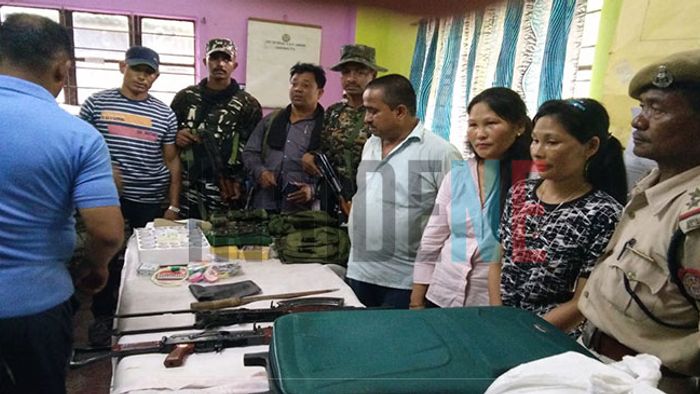With 47 Journalist Deaths Since 1992, is the Press Truly 'Free' in India?

- Nov 16, 2019,
- Updated Nov 16, 2019, 1:43 AM IST
By: Rana Pratap Saikia
National Press Day is being celebrated across the country, reportedly amid dwindling press freedoms and polarization within the media fraternity itself.
However, in a polarized society, journalism is increasingly being seen as a dangerous pursuit, with Cases such as the killing of noted journalist Gauri Lankesh on 5 September 2017 come to mind, when one dwells upon the concept of 'press freedoms' in India. Since 1992, 47 journalists have been killed in India alone, according to Committee to Protect Journalists (CPJ), which is a truly baffling number.
In the Northeast too, there have been numerous attacks on members of the press. The killings of Shantanu Bhowmik and Sudip Datta Bhowmick stand out as the truly gruesome deaths. A further jog down memory lane would recall the death of Thounaojam Brajamani Singh in Manipur capital Imphal.
The integrity of the press, meanwhile, has also been called into question. On one hand, the international media fraternity accused its Indian counterpart of doing 'damage control' after the abrogation of Article 370 and 35A in Kashmir. While international media reported a grim atmosphere in the valley and the violation of human rights, Indian media reported that everything was 'fine'.
ALSO READ: Chief Justice of India Ranjan Gogoi Not to Sit for One-on-One Interviews
Meanwhile, incidents of 'fake news' are on the rise, with alternative media platforms, especially digital media, serving questionable material to the masses for consumption. Moreover, the traditional
From the Government-sponsored media houses, to one-the-go forms of 'infotainment' such as independent websites reaching out to the masses, the media culture in India has undergone a sea-change. The world wide web has ushered in a revolution in the dissemination of information and technology.
ALSO READ: Settlement of Naga Issue Vital for Development of Nagaland: CM Neiphiu Rio
With news anchors reaching out the masses via social media, the accessibility and personalization of news is also on the rise, with the media increasingly becoming a platform for the dissemination of opinions, rather than facts.
For the uninitiated, National Press Day is celebrated in India on the 16th of November each year since 1966, as a symbol of a free and responsible press in the country.
ALSO READ: Indian Army Closely Monitoring Jihadi Activity in Lower Assam
On 16th November 1966, the Press Council of India (PCI) assumed the role of the moral watchdog to the fourth pillar of the country, in order to ensure that the press maintains the quality and high standards expected from it and does not get affected by any external factors in its functioning. Thus, the National Press Day came into being. However, the attacks on the press and the threats to journalists' lives makes one wonder: is the press truly free?
Support Inside Northeast (InsideNE), an independent media platform that focuses on Citizen-centric stories from Northeast India that are surprising, inspiring, cinematic and emotionally relevant.
Readers like you make Inside Northeast’s work possible.
To support our brand of fearless and investigative journalism, support us HERE.
Download:
The Inside Northeast app HERE for News, Views, and Reviews from Northeast India.
Do keep following us for news on-the-go. We deliver the Northeast